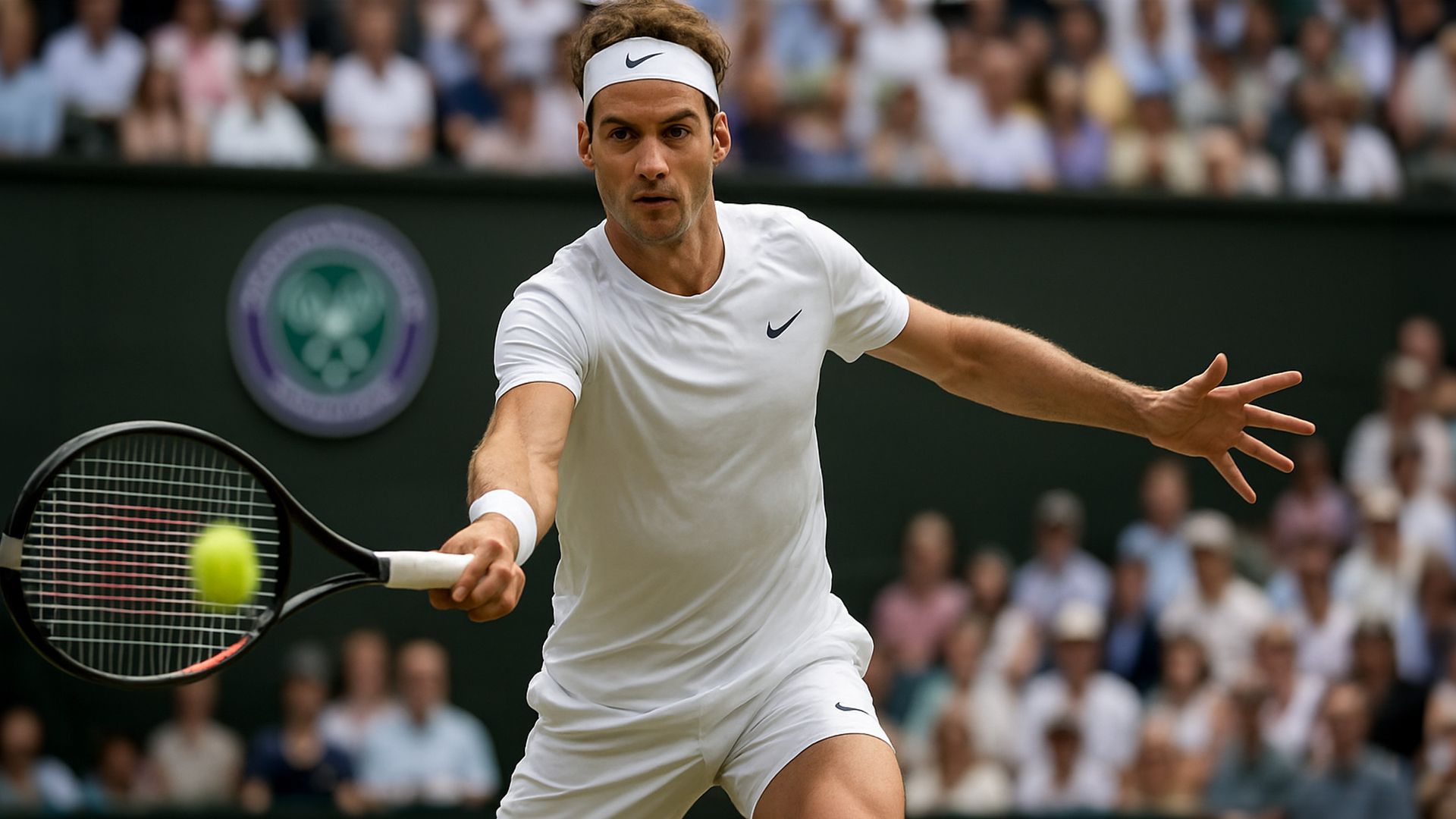Interest
Insights | August 2025
Wimbledon vs. US Open: A game of contrasts

Wimbledon may have only just wrapped, but tennis barely has time to catch its breath.
The 2025 US Open has taken over New York City, running from August 24 to September 7. On paper, it’s just another Grand Slam. In reality? It’s a world of its own. And that’s not just about the hard courts — it’s about the atmosphere, the energy, and the unique way this tournament shapes the game.
The Court: Grass elegance vs hard-court power
Wimbledon is on grass courts, lower bounce, finesse play, and a sense of tradition that’s almost ceremonial. It’s a place where players adjust their game to slice, volley, and serve-and-volley their way to glory.
The US Open played on hard courts, favours big hitters and baseline battles. The bounce is higher, the pace is intense, and matches can swing dramatically on raw power alone. It’s tennis in overdrive.
The look and feel - tradition vs entertainment
- Wimbledon is afternoon tea, strawberries and cream, and a strict all-white dress code. You don’t see sponsor logos plastered everywhere - it’s subtle, understated, and deliberately restrained.
- The US Open is neon lights, music between games, and an unapologetic embrace of commercial partnerships. Courtside LED boards, branded fan zones, corporate hospitality suites, and sponsor activations are part of the spectacle. If Wimbledon is a royal garden party, the US Open is Times Square on a Saturday night.
Prize money and commercial scale
- Wimbledon 2025’s prize fund was £50 million, with singles champions each earning £3 million. Hospitality is premium but limited; commercial partnerships are carefully curated to protect heritage.
- The US Open 2025 has a record-breaking $90 million total purse, a 20% jump from 2024 with $5 million to each singles champion. The sponsorship roster is far larger, including banks, airlines, tech firms, and even fashion brands running pop-ups during Fan Week. It’s a sponsorship free-for-all, but in a way that works for a city famous for selling the big stage.
The US Open 2025 has a record-breaking $90 million total purse, a 20% jump from 2024 with $5 million to each singles champion.
Event duration & format
- Wimbledon runs for two weeks, with finals fixed firmly in tradition and scheduling shaped by the UK summer.
- The US Open is now 15 days long, expanded to maximise ticket sales, broadcast slots, and sponsor exposure. ‘Fan Week’ (before the main draw) includes qualifying matches, exhibitions, and mixed doubles in a quick-play format, giving brands more touchpoints with fans before the main event even starts.
Broadcast and global reach
- Wimbledon keeps its coverage premium and tightly controlled; BBC in the UK, selected international rights holders, limited courts on streaming.
- The US Open is broadcast and streamed on multiple platforms in over 190 countries, with flexible scheduling to suit prime-time audiences in the Americas, Europe, and Asia. That means more broadcast revenue and a broader sponsor reach.
The Players’ Perspective
For champions like Jannik Sinner fresh off his historic Wimbledon win, the switch is huge. At Wimbledon, he played in front of a hushed, tradition-steeped crowd. At the US Open, he’ll face roaring night sessions under the lights, and a completely different surface that rewards different skills.
The contrast between Wimbledon and the US Open isn’t just cultural, it’s commercial strategy in action. Wimbledon protects its exclusivity by limiting sponsorships and branding opportunities, keeping the ‘product’ premium. The US Open maximises its value by selling every available asset, widening its fan engagement, and adapting formats to fit broadcast and sponsorship needs.
One focuses on prestige as currency. The other focuses on reach and revenue. Both are wildly successful, but in very different ways.
The contrast between Wimbledon and the US Open isn’t just cultural, it’s commercial strategy in action